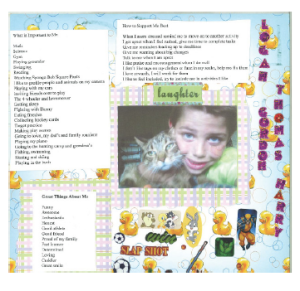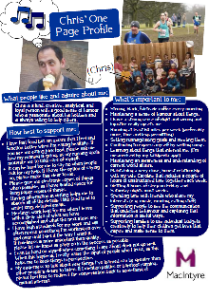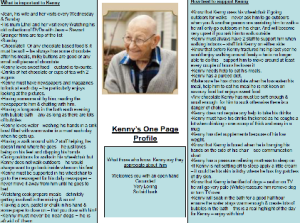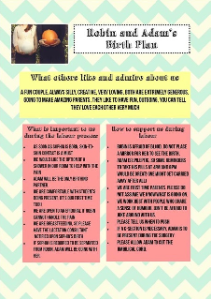An example of how this gentleman has developed new relationships with the people he lives with by sharing detailed information about himself on his one-page profile. As well as directing his own support and having a greater sense of choice and control in his life, Thomas has found things in common with the people he lives with that they can now talk about together.
Peter is 89 years old. He likes to be called by his middle name; Thomas. He did live in Rushall which is just outside Walsall but came to live here in 2011. Thomas likes to be organised. He likes his routine and in his own words is ‘very regimented’ in his ways – his main support needs are around mobility as he has to walk with two sticks.
We wanted to create a one-page profile with Thomas to help us understand him better as a person and not just someone who lives here. We wanted to find out about his individual wants and needs and not just what he does because it is the routine of the staff or the home.
Thomas has become less independent since moving here and because he was now more reliant on support staff it became crucial that we knew just how to support him in the right way. Thomas’s one-page profile would help us to achieve this.
Care Assistant Margaret and Thomas met in his bedroom. Margaret explained to Thomas what a one-page profile was and what it would do for him.
Thomas showed a great deal of interest in being involved and looked forward to having his photograph taken to use in display. Margaret initially spent about an hour with Thomas asking him questions about his background.
Thomas’s one-page profile is kept in his plan of care. It’s available for all staff to read. Thomas also keeps a copy for himself so he can read it and show it to his carers and visitors when they meet him. It has enabled staff to provide the appropriate level of support without altering Thomas’s regimented daily routine. Margaret regularly discusses the one-page profile with Thomas to see if it needs updating with new information
Since the completion of his profile, Thomas feels that he has more control in his life. He feels his needs are being met at a more personal level by staff. Prior to using his profile Thomas said that he was feeling that life was institutionalised but now he feels that his views about his level of care are acknowledged and listened to.
Thomas has always had good relationships with both staff and the other people he lives with but the one-page profile has highlighted new areas of his life that he has in common with people. He was in the Forces for years and he now sits at the table with another gentleman who also served, swapping stories and memories. These are new relationships developed because they know more about each other through their one-page profiles.








